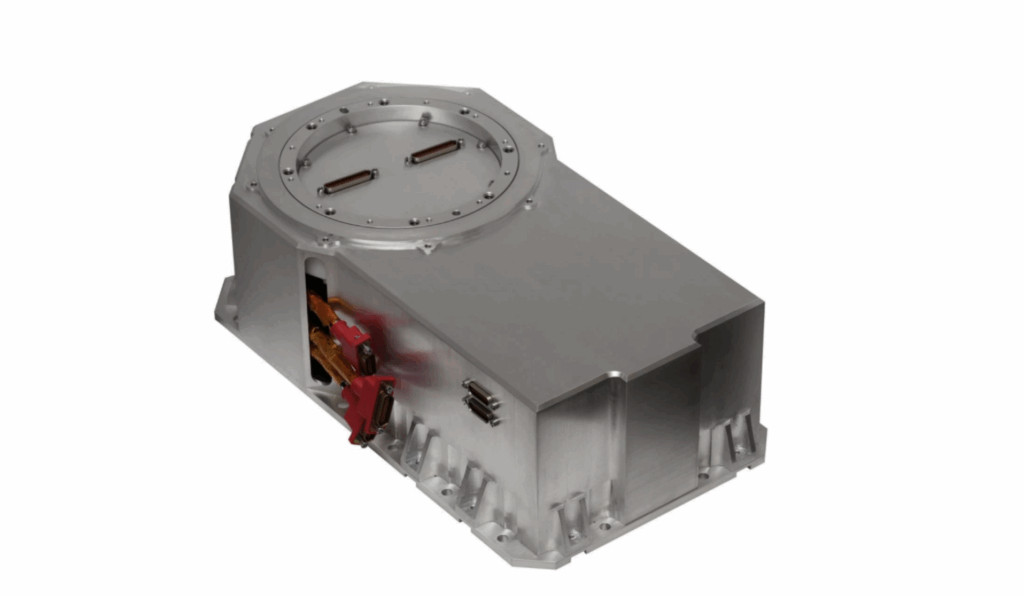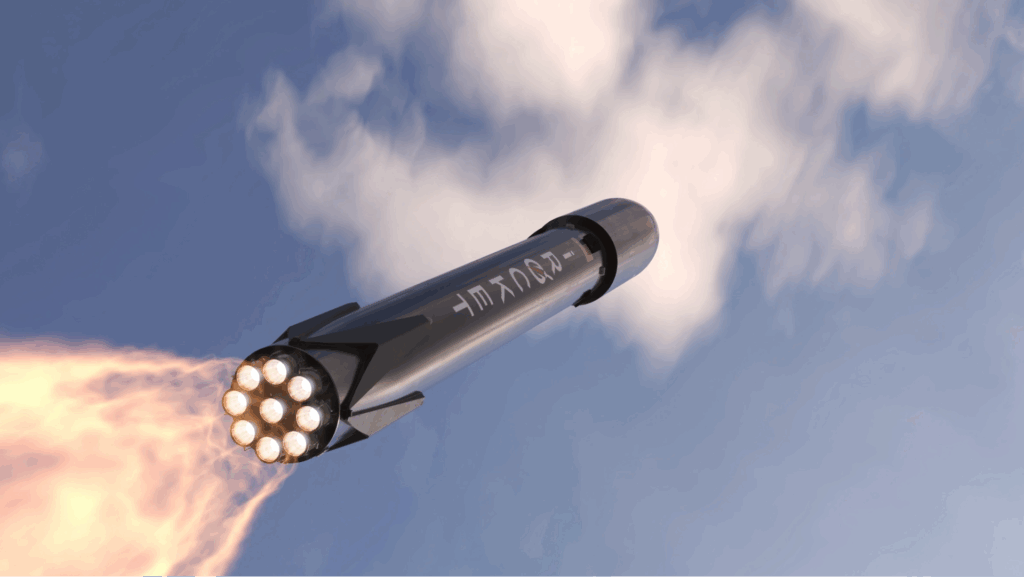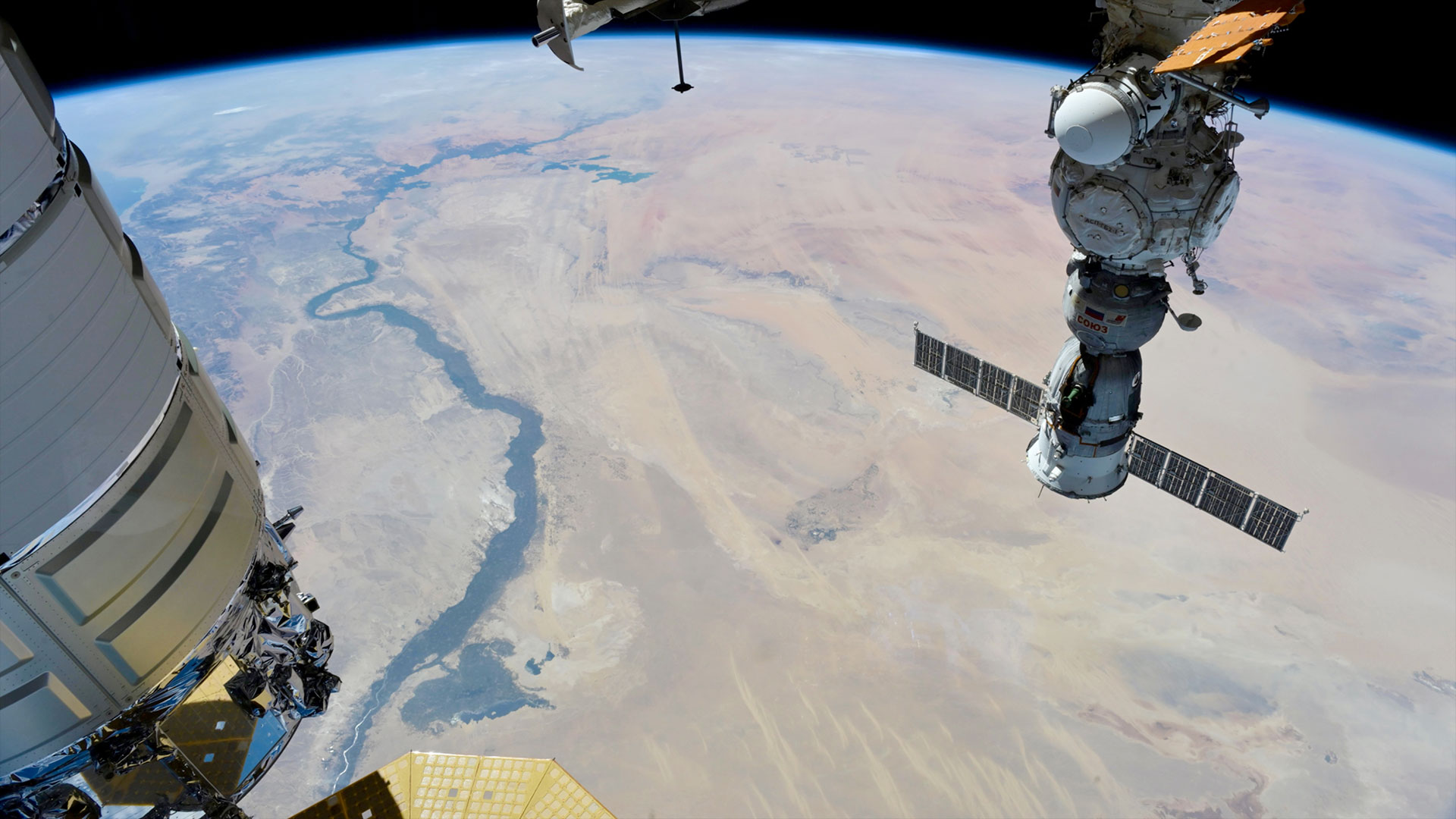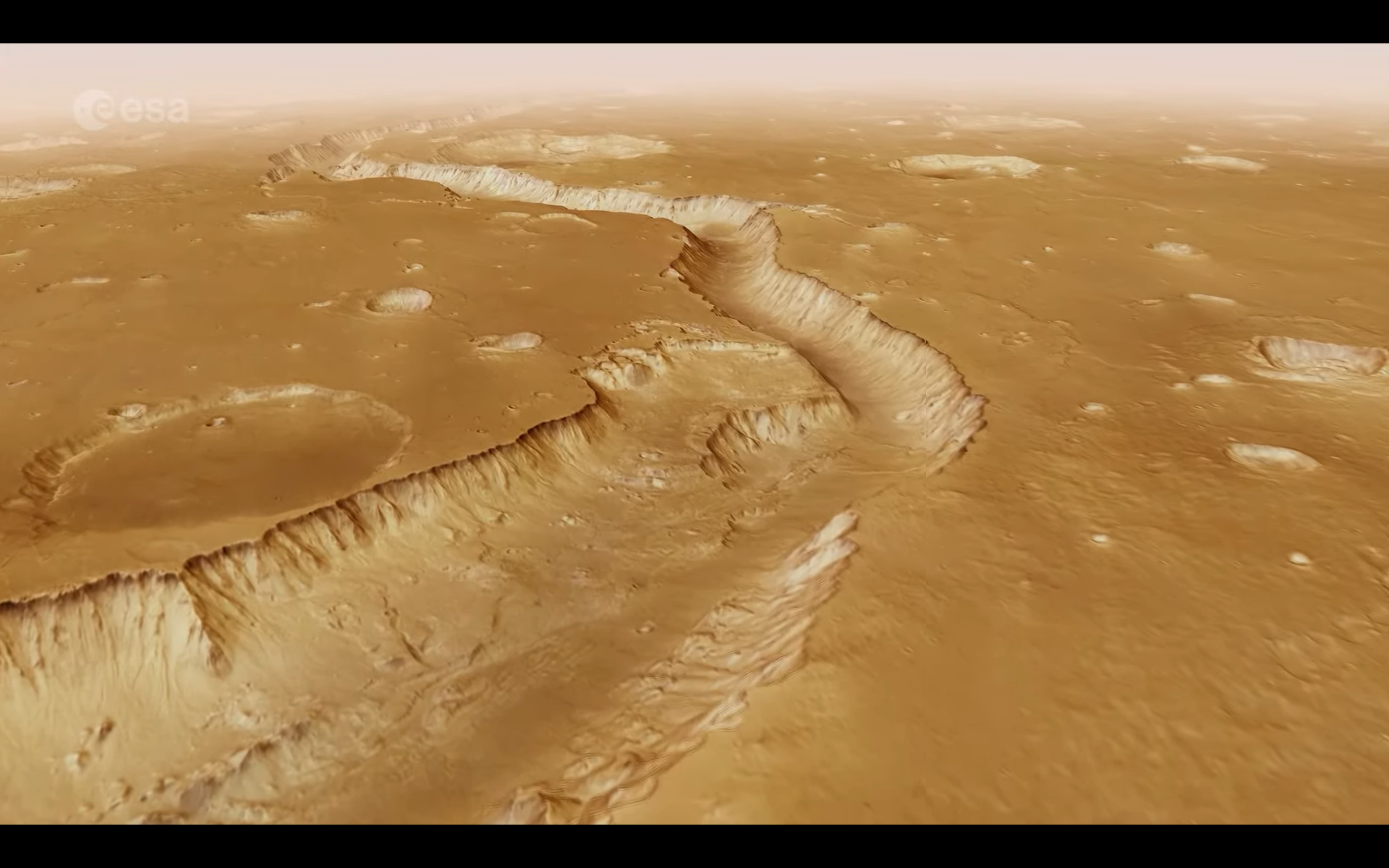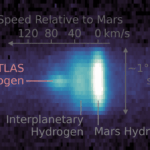Now Reading: Gilmour Space plans return to flight next year
-
01
Gilmour Space plans return to flight next year
Gilmour Space plans return to flight next year
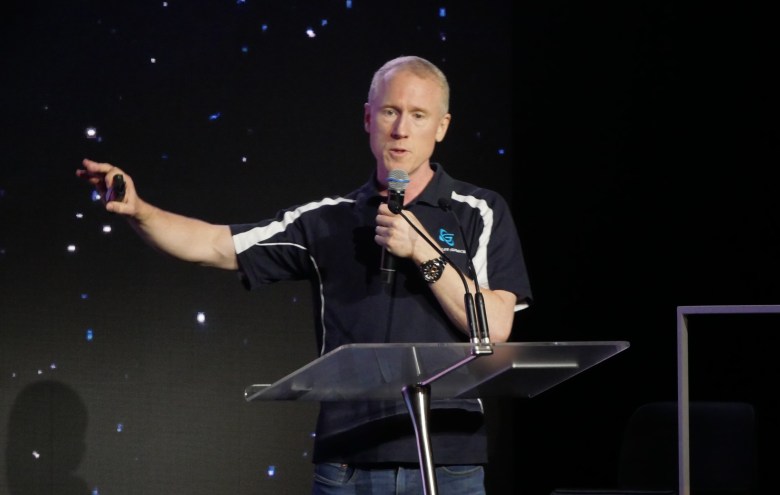
SYDNEY — Despite its first orbital launch attempt lasting only a few seconds, Gilmour Space Technologies is satisfied with the attempt and moving ahead to return to the launch pad next year.
In a talk at the International Astronautical Congress here Oct. 3, Adam Gilmour, co-founder and chief executive of Gilmour Space, recounted the first flight of the company’s Eris small launch vehicle July 30 from its launch complex in Queensland.
The rocket lifted off the pad but, seconds later, drifted away from the pad and fell back to the ground. Video of the launch appeared to show at least one of the four hybrid rocket engines, using liquid oxygen and solid fuel, had malfunctioned, generating little or no thrust.
“We’re pretty happy with that,” he said of the brief flight, with the rocket in flight for 14 seconds and engines firing for 23 seconds. “We have obviously gotten a lot of data out of it, a lot of information.”
The company is still investigating the root cause of the failure. “It looks like what went wrong on the launch is something we’ve never tested close enough to the launch conditions before,” he said, but didn’t elaborate.
One factor in the launch was the long delay between shipping the rocket to the launch site, known as the Bowen Orbital Spaceport, and the launch itself. “Rockets aren’t designed to be at the launch site for 18 months,” he said. The launch site, he noted, is just a kilometer from the ocean, creating salty conditions that can be corrosive.

That extended time at the launch site stemmed from delays securing regulatory approvals for the launch. That included not just a launch license from the Australian Space Agency but also airspace, maritime and environmental permits. “We had to get 24 different permits from the Queensland government,” Gilmour said. “All of these things take a long time to do.”
He acknowledged that the company had not put enough resources into those regulatory processes. “The approval processes just took way too long.”
A secondary effect of the delays was that Gilmour Space did not do testing it might have planned if it knew how long it would take. “One of my real regrets is that we could have done a lot more testing on the rocket if we’d known it was going to be another 18 months,” he said.
As a result, he said he was happy just to see the rocket finally get off the pad, even if it flew for only seconds. Before the launch, both company investors and government officials asked him about the chance of success. “I said that if we get off the pad, it’s fantastic, since it’s an old, clunky rocket.”
The company expects to return Eris to flight next year. Gilmour said he anticipates a smoother regulatory process in the future with both the company and the government, having met with the Australian Space Agency a few weeks ago to discuss lessons learned from the licensing process.
“They’re very on board” for improving the process, he said of the Australian Space Agency. “I’m very confident we’ll be able to launch in the future when we need to.”
“We are well capitalized. We are going to be launching again next year,” he said, part of a growing space industry in the country that may include other companies launching from Australia in the next several years. “I’m as optimistic as I’ve ever been about the industry in Australia.”
Stay Informed With the Latest & Most Important News
-
 012024 in Review: Highlights from NASA in Silicon Valley
012024 in Review: Highlights from NASA in Silicon Valley -
 02Panasonic Leica Summilux DG 15mm f/1.7 ASPH review
02Panasonic Leica Summilux DG 15mm f/1.7 ASPH review -
 03How New NASA, India Earth Satellite NISAR Will See Earth
03How New NASA, India Earth Satellite NISAR Will See Earth -
 04And Thus Begins A New Year For Life On Earth
04And Thus Begins A New Year For Life On Earth -
 05Astronomy Activation Ambassadors: A New Era
05Astronomy Activation Ambassadors: A New Era -
06SpaceX launch surge helps set new global launch record in 2024
-
 07Space Force plans new ‘Futures Command’ amid pressure to speed up modernization
07Space Force plans new ‘Futures Command’ amid pressure to speed up modernization












